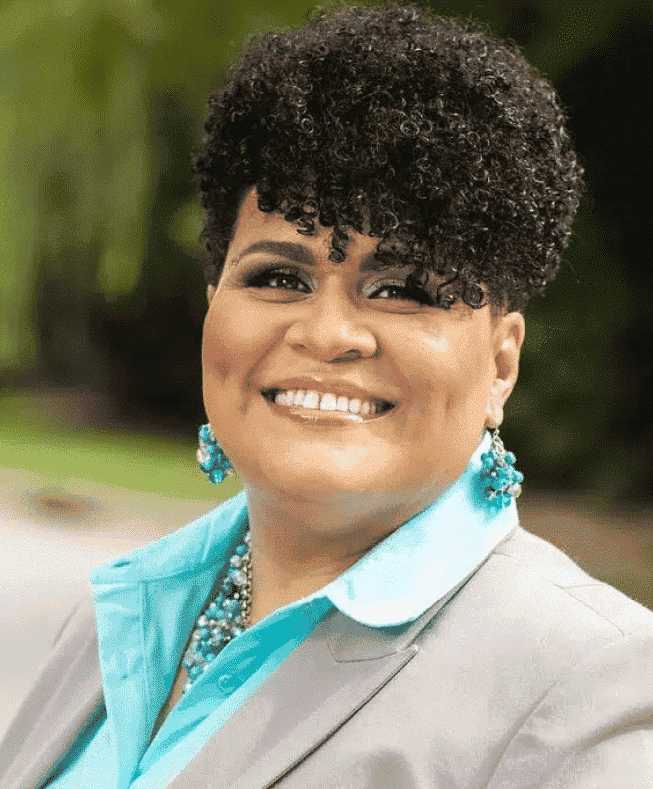
If you sustained a lower back injury after a car accident, read on for information on treatment and some tips for your car accident injury claim.
The Bishop Law Firm represents car accident injury clients in Raleigh and the surrounding areas of North Carolina, and we do not get paid unless we win. Call us today or start your free case review now!
This article is not medical advice regarding lower back pain. If you have been injured in a car accident, please seek immediate medical attention.
Motor Vehicle Collisions Cause Back Pain
Motor vehicle accidents can range from a mere bump to a devastating encounter.
Low back pain is a common symptom after a car accident (Healthline).
Back pain can start immediately after the accident or be delayed.
Unfortunately, some types of car accidents ( car vs. 18-wheeler, car vs. pedestrian, and car vs. motorcyclist) often result in catastrophic injury to the victim's back.
Rear-end collisions and other seemingly minor car accidents can also result in severe injury under the wrong conditions.
Almost 50% of those involved in low-velocity motor vehicle collisions report back pain (via NIH).
In addition, studies have shown that those with a history of a low back injury in a motor vehicle collision are more likely to experience future low back pain (NIH).
Also read North Carolina Rear-End Collision Injuries
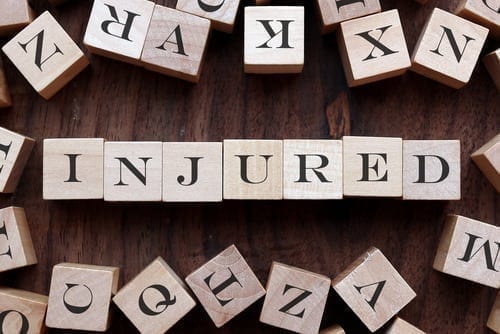
Spinal Injuries are complicated.
Injuries to the spine are complicated simply by the structure of the spine itself.
The spine is our body's central support structure, and each component of the spine contributes to our movement (NIH).
The spinal column contains the spinal cord (central nervous system), which is protected by the vertebrae.
Facet joints act as hinges and link the vertebrae together. Discs between the vertebrae provide shock absorption due to their jelly-doughnut type structure.
Spinal injury to any part of the spine can result in instability, severe chronic back pain, radiculopathy, and numbness.
Neck pain (cervical spine) and mid-back (thoracic spine) pain frequently accompany low back (lumbar) pain after a car accident.
Read: Neck Pain After Car Accident
Lower Back Injury Car Accident - Common Injuries
Depending on the severity of the accident you were involved in, you could have sustained different types of lower back injury after a car accident (from mildest to most severe):
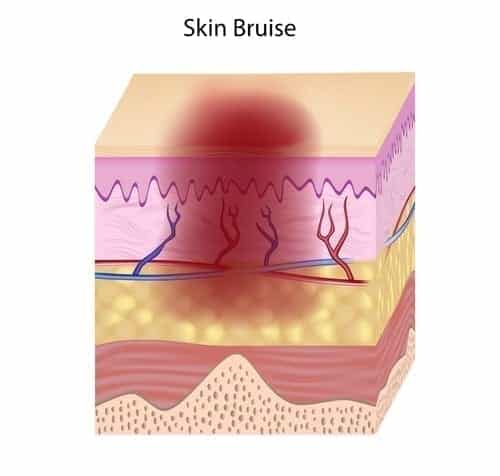
Soft Tissue Damage
Bruises (soft tissue injury)– When the skin is hit hard enough, damaged blood rises to the top of the skin and creates a dark blue – black mark on the skin.
Eventually, bruises are reabsorbed by the body, and the skin discoloration goes away.
Also, with bruises, there is usually no chance of infection because the skin was not punctured.
A soft tissue injury should be examined medically to rule out internal bleeding or other more serious injuries.
In severe cases, hematomas (clotted blood) may need to be evacuated (drained).
For your personal injury case, you should take photos of your bruise as soon as possible and again as it starts to change color, with dates. These pictures can help your case.
Muscle Strain
Muscle Strain or Sprain – A muscle strain can affect the lower back and leave you with severe pain, swelling, and muscle spasms.
Whiplash injuries are a type of muscle strain/sprain. Whiplash can affect your cervical spine, thoracic spine, and lumbar spine. If the strain is severe enough, you can tear a muscle.
Medications (muscle relaxants) and physical therapy are usually recommended for muscle strains and, in some instances, chiropractic care as well.
Chiropractic care can help a car accident victim with discogenic pain, but the victim needs to be sure that their type of back injury will benefit from chiropractic treatment.
Facet Joint Injury
Facet Joint Injuries - Facet joint injuries can result from whiplash after a car accident or from direct trauma to the spine itself. As discussed above, facet joints provide stability to the spine.
Facet joint syndrome can be treated with anti-inflammatories, pain medications, massage, injections, or radio frequency ablation.
Herniated Discs
Herniated Disc – A herniated disc can be caused by traumatic events, such as a car accident, with enough pressure.
Your back has two kinds of shock absorbers (one is soft and one is hard) between your vertebrae.
If a disc herniates, the soft shock absorber pushes on the hard shock absorber until it bulges (bulging disc). The bulge irritates or compresses the spinal cord and nearby nerve roots.
This irritation can lead to spinal stenosis or lumbar radiculopathy.
The radiating pain and numbness can travel from your lumbar spine to your hips, legs, and toes, resulting in weakness and gait instability.
If you are having symptoms in your neck, this may be due to cervical radiculopathy. An MRI or CT is needed to diagnose a herniated disc.
Treatment can range from physical therapy, epidural injection, to discectomy for a herniated spinal disc.
Please note that X-rays will not typically demonstrate these types of injuries, as they only show bone. Most hospitals only offer X-rays to accident victims.
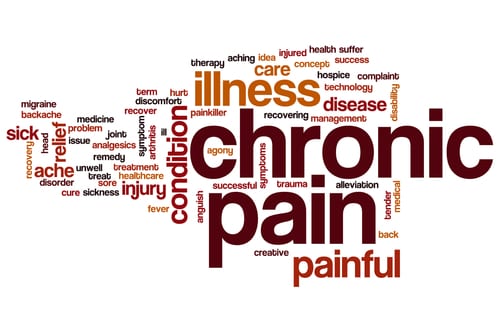
Spinal Fracture
Disk Fracture or Dislocation – A Lumbar compression fracture or dislocation can be a severe injury. There are three types of spinal fracture patterns: flexion, extension, and rotation.
Treatment options for fractures are bracing, a laminectomy, or stabilization with screws, rods, pins, etc. Often, these types of injuries take substantial time to heal, and you will need extensive rehabilitation from a physical therapist.
Keeping track of your symptoms, missed time from work, and every place that you have received medical treatment will help you later when it’s time to settle your personal injury case.
Spinal Cord Injuries
Spinal Cord Injury – Depending on where you injure your spinal cord in a car crash, you can have paralysis.
"An injury higher on the spinal cord can cause paralysis in most of the body and affect all limbs (called tetraplegia or quadriplegia). A lower injury to the spinal cord may cause paralysis affecting the legs and lower body (called paraplegia) (NIH)."
While any lower back pain after a car accident should be examined as soon as possible medically, spinal cord injury should be ruled out immediately.
Persistent symptoms of pain/weakness/numbness in your spine/legs or developing problems controlling urine or your bowels despite following your doctor’s advice, necessitate a 2nd opinion about your spinal cord injuries.
Back Injuries Need Immediate Medical Treatment
Immediately after a car accident, a victim should seek medical treatment at the emergency room and continue to receive care as needed, following all medical advice.
If the recommended treatment for your back injuries is not effective, be sure to inform your primary care physician so they can make appropriate referrals for other treatment options.
You may need to see a pain management specialist, orthopedist, or require surgery for your back injury.
The more severe your back injury, the more time you will need to heal.
Unfortunately, even after receiving the appropriate medical care, you may continue to have symptoms that affect your daily life and ability to work.
Who pays for medical treatment after a car accident?
In North Carolina, fault dictates who pays for medical treatment for a back injury from a car accident.
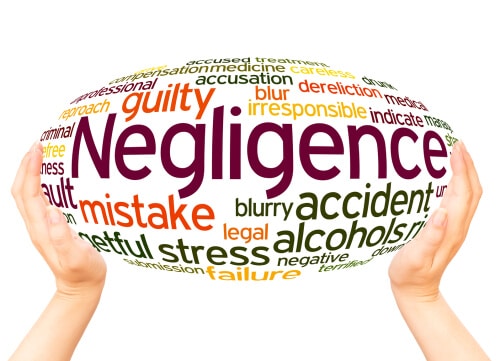
Negligence
For an accident victim to recover for their medical expenses, lost wages, and pain & suffering, the at-fault party must be negligent.
Negligence is failing to perform an owed duty. For example, all drivers owe a duty to themselves and others to obey traffic laws.
If a driver disobeys a traffic law, causes an accident, and injures a victim, negligence has occurred.
Contributory vs. Comparative Negligence
Unfortunately, North Carolina is one of the few remaining contributory negligence states (Maryland, Alabama, Virginia, and D.C.).
Contributory negligence bars a victim from recovering damages if they were at fault for the accident (even 1%).
Most other states follow the comparative negligence standard. Comparative negligence assigns blame to all parties involved and makes those parties pay their share of the damages.
For example, if the victim is 10% at fault and the at-fault party is 90% at fault, they each will pay that portion of the damages.
Comparative negligence is a much more favorable situation for an auto accident victim.
If you are not at fault for the accident in North Carolina, you can recover your damages from the at-fault driver by filing a personal injury claim or lawsuit.
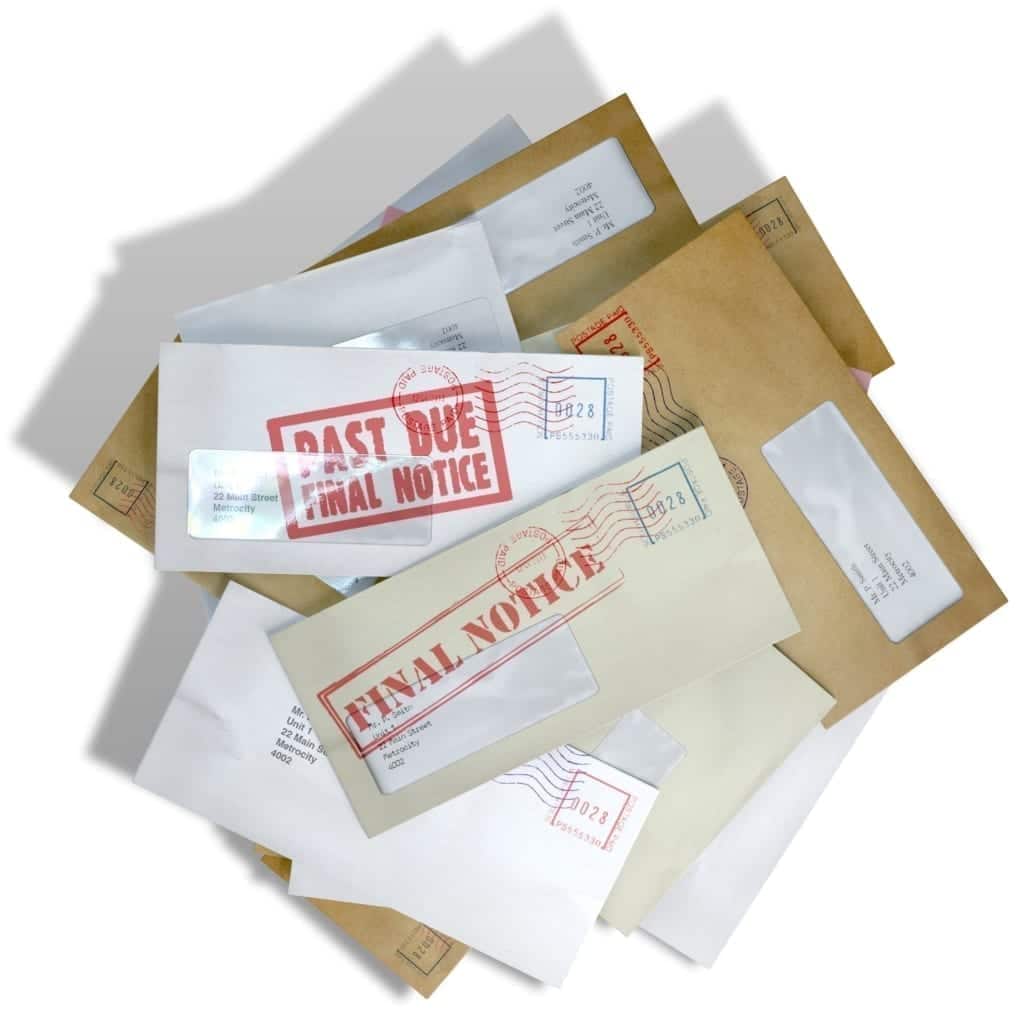
Steps to getting car accident medical bills paid
Initially, most of our clients file claims with their health insurance for their accident-related bills.
Depending on the type of health insurance a victim has, the insurer may put forth a lien against the victim's personal injury proceeds.
If you do not have health insurance, watch our video for ways that you can seek medical treatment: Medical Bills After a North Carolina Car Accident.
The next step, if you were not at fault for the car crash or live in a state that has comparative negligence, is to file a claim with the at-fault party’s car insurance company.
The personal injury adjuster may ask you to provide a recorded statement or a list of your medical providers to obtain your medical records/bills.
A victim must ensure that all of their back injury medical treatment bills are included with their request for compensation to the adjuster.
A personal injury lawyer can help ensure that all of a victim's damages (including medical bills) are presented to the insurance company for compensation.
If your auto insurance has medical payments coverage (Med-Pay), you may be able to recover some of your medical expenses that way.
Lastly, you can enter into a payment arrangement/lien with the medical provider if you do not have health insurance.
If the driver who caused the car accident does not have car insurance, your last resort is to file a claim under your uninsured motorist coverage (UIM).
Frequently asked questions
- How long does lower back pain last after a car accident? How long pain lasts depends on the type of injury you have sustained to your lumbar spine. Bruising and muscle strains will usually heal faster than more severe injuries. If you are having pain, you should seek medical attention.
- Why does my back hurt after a car crash? Your back could hurt for many reasons. The first possibility would be that you have sustained whiplash from the car accident. When the human body is jerked back and forth during an accident, it can cause pain in the spine.
- What should I do if my back hurts after a car accident? You should seek medical treatment and follow all medical advice.
- How long does it take for your back to heal after a car accident? This depends on the type of injury you have sustained. The first step is to seek medical treatment and get a precise diagnosis.
- Can a fender bender cause back pain? Yes, unfortunately. The back-and-forth movement caused by a car accident can cause back pain.
Read: Preexisting Conditions in NC Personal Injury Cases

North Carolina Car Accident Lawyer
Having a personal injury attorney who represents car accident injury victims on your side can help you recover your current and future wage losses, medical expenses, and pain & suffering while allowing you the time to focus on recovery.
The Bishop Law Firm can help if you need a:
- Raleigh Car Accident Lawyer
- Cary Car Accident Lawyer
- Durham Car Accident Lawyer
- Rocky Mount Car Accident Lawyer
- Wilson Car Accident Lawyer
- Fayetteville Car Accident Lawyer
- Smithfield Car Accident Lawyer
- Louisburg Car Accident Lawyer
- Chapel Hill Car Accident Lawyer
- Roanoke Rapids Car Accident Lawyer
- Apex Car Accident Lawyer
- Greensboro Car Accident Lawyer
- Winston-Salem Car Accident Lawyer
- Greenville Car Accident Lawyer
- North Carolina Car Accident Lawyer
We only get paid if we win your case! Call us today for a free case review, (919) 615-3095, or start online now!
Related Articles:

